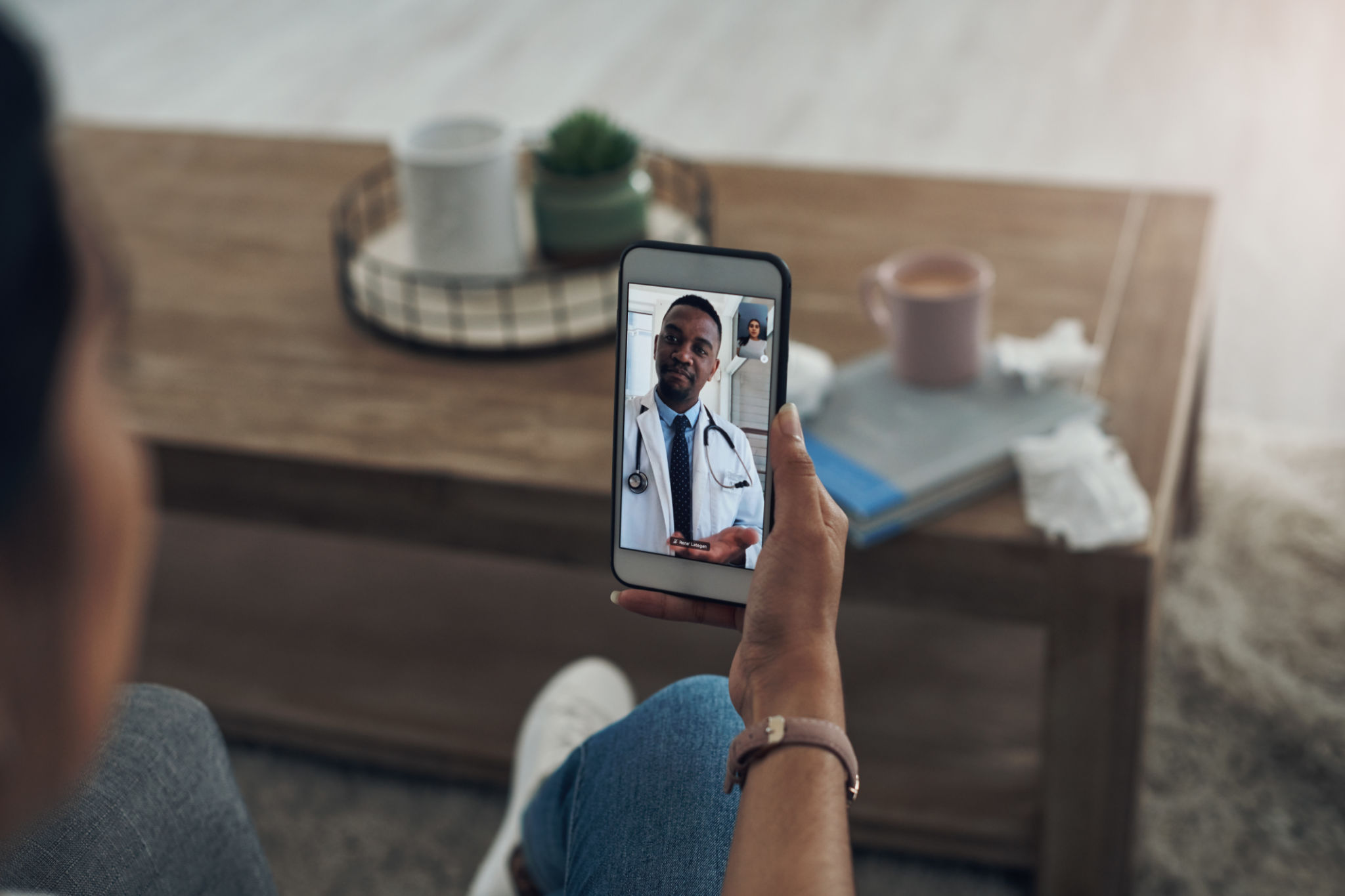The Future of Standby Medical Care: Trends and Innovations
The landscape of standby medical care is rapidly evolving, shaped by technological advancements and innovative practices. As healthcare demands continue to grow, understanding the trends and innovations in this area is essential for both providers and recipients. This blog delves into the future of standby medical care, highlighting key developments that promise to enhance accessibility and efficiency.
Telemedicine: Bridging the Gap
Telemedicine has emerged as a pivotal trend in standby medical care, offering patients immediate access to healthcare professionals from the comfort of their homes. This innovation is particularly beneficial for those in remote areas or with limited mobility. Through video consultations and remote monitoring tools, healthcare providers can offer timely advice and treatment, effectively bridging the gap between patients and medical facilities.
The advancement of telemedicine is making it easier for healthcare systems to manage patient loads and ensure that emergency services are available when needed. This technology not only saves time but also reduces the pressure on hospital emergency rooms, allowing them to focus on critical cases.

Wearable Technology: A New Frontier
Wearable technology is revolutionizing how standby medical care is delivered. Devices such as smartwatches and fitness trackers now come equipped with health monitoring capabilities, enabling real-time tracking of vital signs like heart rate, blood pressure, and oxygen levels. This constant flow of data allows healthcare providers to respond quickly to any alarming changes in a patient's condition.
The integration of artificial intelligence with wearable technology further enhances its potential. AI algorithms can analyze patterns in health data and predict potential health issues before they become critical, allowing for preemptive medical interventions.

Mobile Health Apps: Empowering Patients
Mobile health apps have become indispensable tools in the realm of standby medical care. These applications empower patients by providing them with easy access to their medical records, medication reminders, and health advice. Many apps also offer symptom checkers that guide users on whether they need immediate medical attention or can manage their condition at home.
The convenience of mobile health apps ensures that patients are more engaged in their healthcare journey, leading to better outcomes and more efficient use of medical resources.
AI-Powered Diagnostics
Artificial Intelligence is making significant inroads into medical diagnostics, enhancing the capabilities of standby care providers. AI-powered tools can analyze medical images and data with remarkable accuracy, often surpassing human capabilities. This technology speeds up diagnosis and ensures a higher level of precision in treatment plans.

As AI continues to evolve, its applications in standby medical care will expand, offering new solutions for early detection and management of diseases. The integration of AI into healthcare promises not only to improve patient outcomes but also to streamline operations within medical facilities.
Challenges and Opportunities
While these innovations present exciting opportunities, they also come with challenges that need addressing. Privacy concerns regarding patient data, the need for robust cybersecurity measures, and ensuring equitable access to technology are among the primary hurdles.
However, by addressing these challenges head-on, the future of standby medical care looks promising. Collaboration among healthcare providers, technology companies, and policymakers will be crucial in harnessing these innovations to their full potential.
The future of standby medical care is bright, with continuous advancements paving the way for more efficient, accessible, and patient-centered healthcare solutions. By staying informed about these trends and innovations, both patients and providers can look forward to a more responsive and effective healthcare system.
